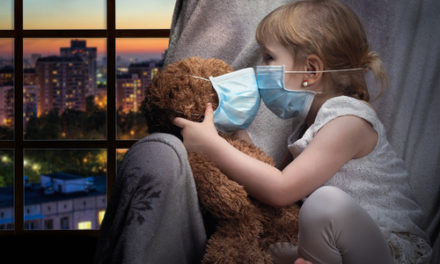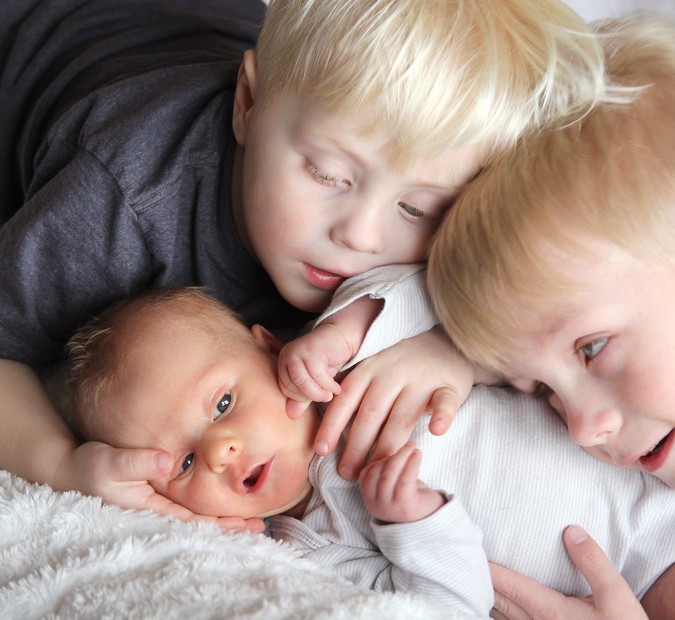Read Part 1 in this series: Why Worry About Measles?
Measles outbreaks happen among people who aren’t immune to the disease. There are classrooms of kids where only half the kids are vaccinated. And there are schools where virtually everyone in the school is vaccinated, but 3 in 100 kids didn’t make immunity from their vaccine! Those kids can get the measles.
Children should get their first measles-mumps-rubella (MMR) vaccine just after they turn 1 years old – back in the early 1960s when the vaccine was given under 12 months, babies didn’t make lifelong immunity because they still had some of their mother’s measles immunoglobulin in their blood from birth and it interfered with the baby making their own long-lasting immunity.
After it was found that babies need to be over 12 months, we learned that most needed a booster. The booster works just as well if you give it a month after the first dose, but doctors found that kids were more likely to get the booster if it was given at the same time as the other required vaccines at age 4-5 when they started kindergarten so that’s why we give the booster at age 4-5 now.
If you are traveling outside of the US, and your child is over 12 months old, they can get both doses, as long as the doses are 28 days apart and they will be protected the best this way. If you do this, they won’t need a booster when they turn 4.
The first dose of vaccine is 93% effective and giving the 2nd dose means 97% of kids will make immunity.
If your child is between 6-12 months of age and you are traveling out of the country, we recommend getting one dose and then getting 2 more doses after they turn a year.
What if you are a grandparent? If you were born before 1957, you are presumed to have been exposed because everyone got the measles then, and you don’t need a measles vaccine at all. You have natural immunity.
What is our next step in preventing Measles outbreaks?
It’s being careful to watch for cases when they do happen.
To hear one doctor’s story listen to episode 61 of The Pediatrician Next Door podcast.
The symptoms to look for are high fever (as high as 105), cough, runny nose and red watery eyes. The very district rash starts on the forehead and then spreads down the face, neck and trunk. It doesn’t appear all over the body all at once like some other rashes do. There is also a unique rash that appears inside of the mouth, it almost looks like grains of sand. They are white or blue spots with a red halo around them. They appear the day before the rash.
If your child has a rash and fever at the same time – be sure to call and talk to a triage nurse or doctor before you go to an ER or clinic. A fever that breaks and is followed by a rash is very common, and not a big deal. This really applies to rash and fever at the same time. If you’re going to the clinic with your child because they have a rash and fever you should not go in the main entrance, but should call the office when you arrive and your child should be wearing a mask if they are over age 2.
Make sure your kids are vaccinated with the MMR. If you are traveling, ask your pediatrician about whether your child needs a vaccine or booster – and you’ll want to get this done about 6 weeks before travel in case your child needs 2 doses. It takes 2 weeks after a vaccine to develop immunity, so you will need that much lead time if you need 2 doses.
What about side effects of the MMR? MMR does not cause autism. The only real risk is a febrile seizure. About 1 child in 4000 doses of vaccine will have a seizure, and this type of seizure does not cause any lasting problems. But if you get measles, it is much more common to have a seizure: 1 in 1000 cases of kids who get measles will have brain swelling and seizures that do have lasting consequences.
Also, the single measles vaccine is not available in the US. You can only get it in a combo as the MMR which protects against mumps and rubella at the same time. I promise you don’t want to get mumps or rubella either, and this way you only need one shot instead of 3 pokes.





